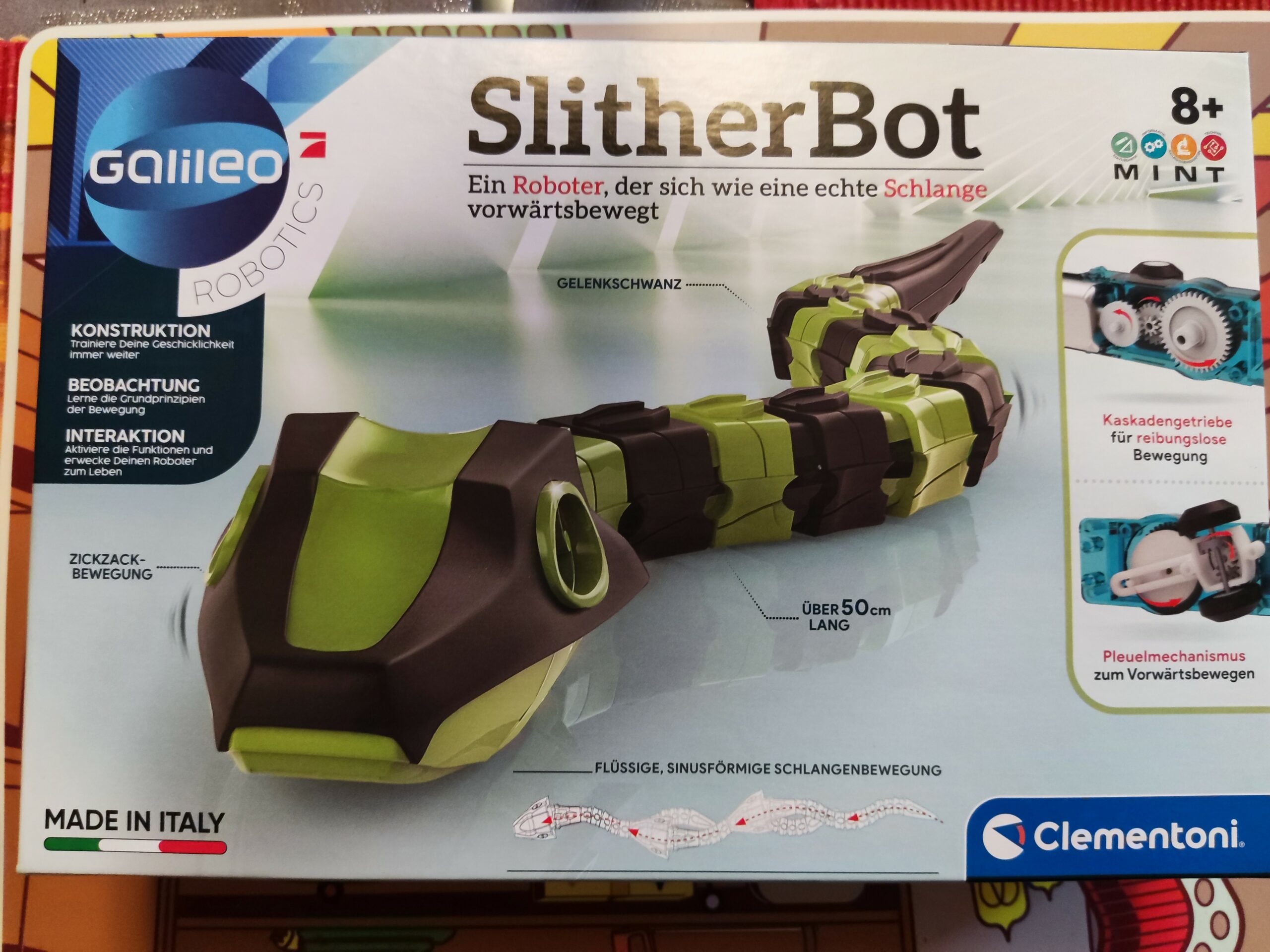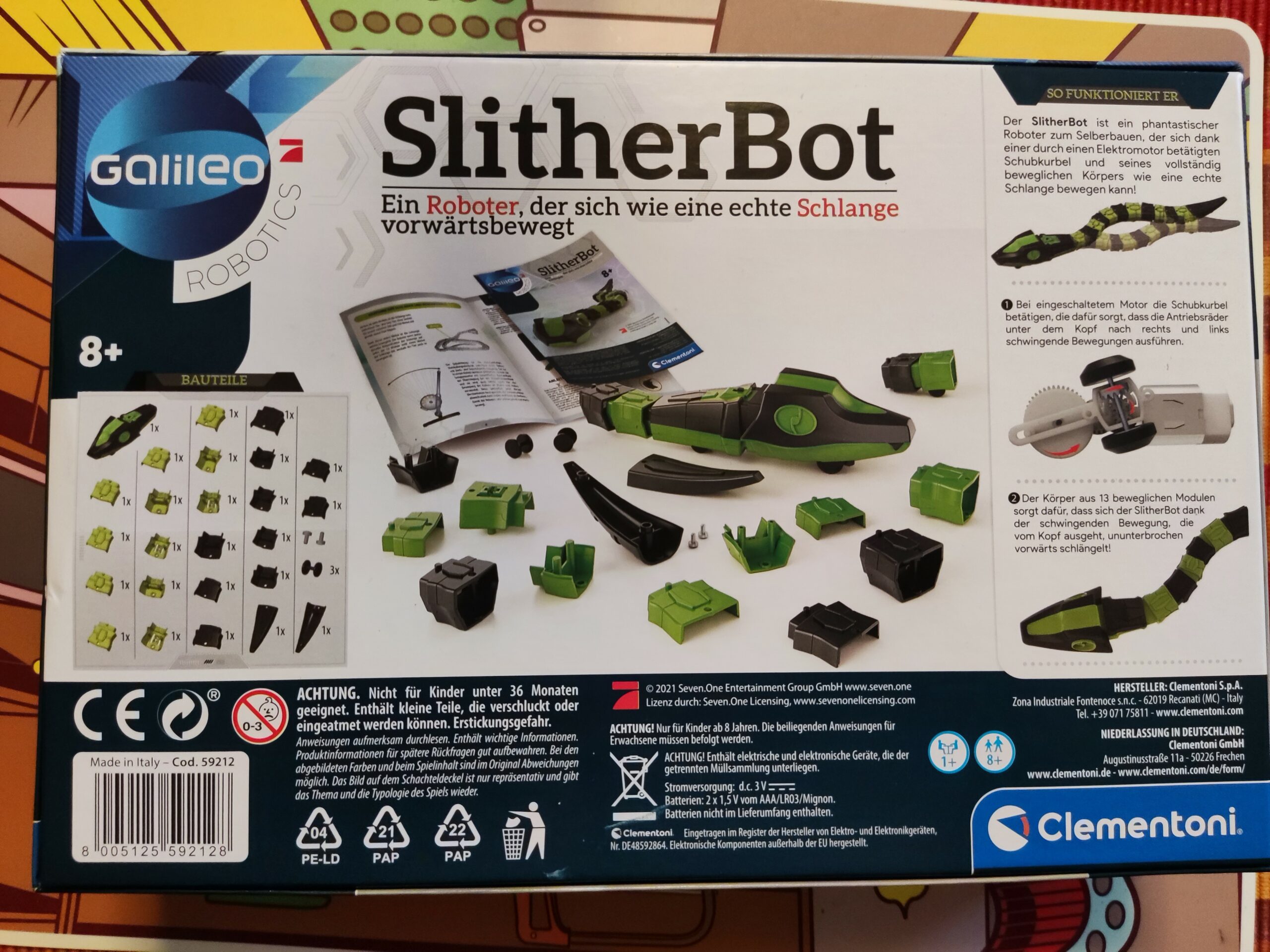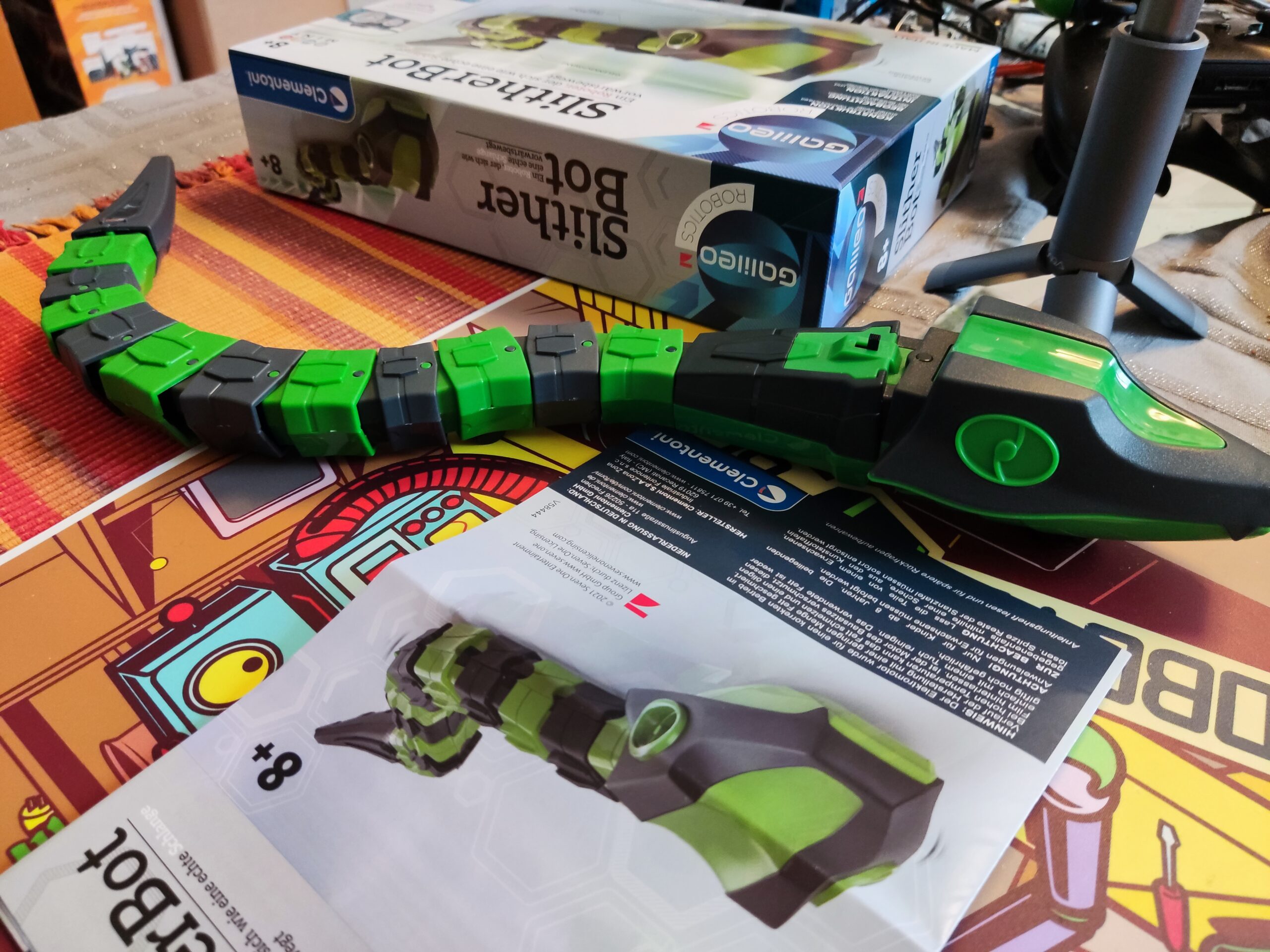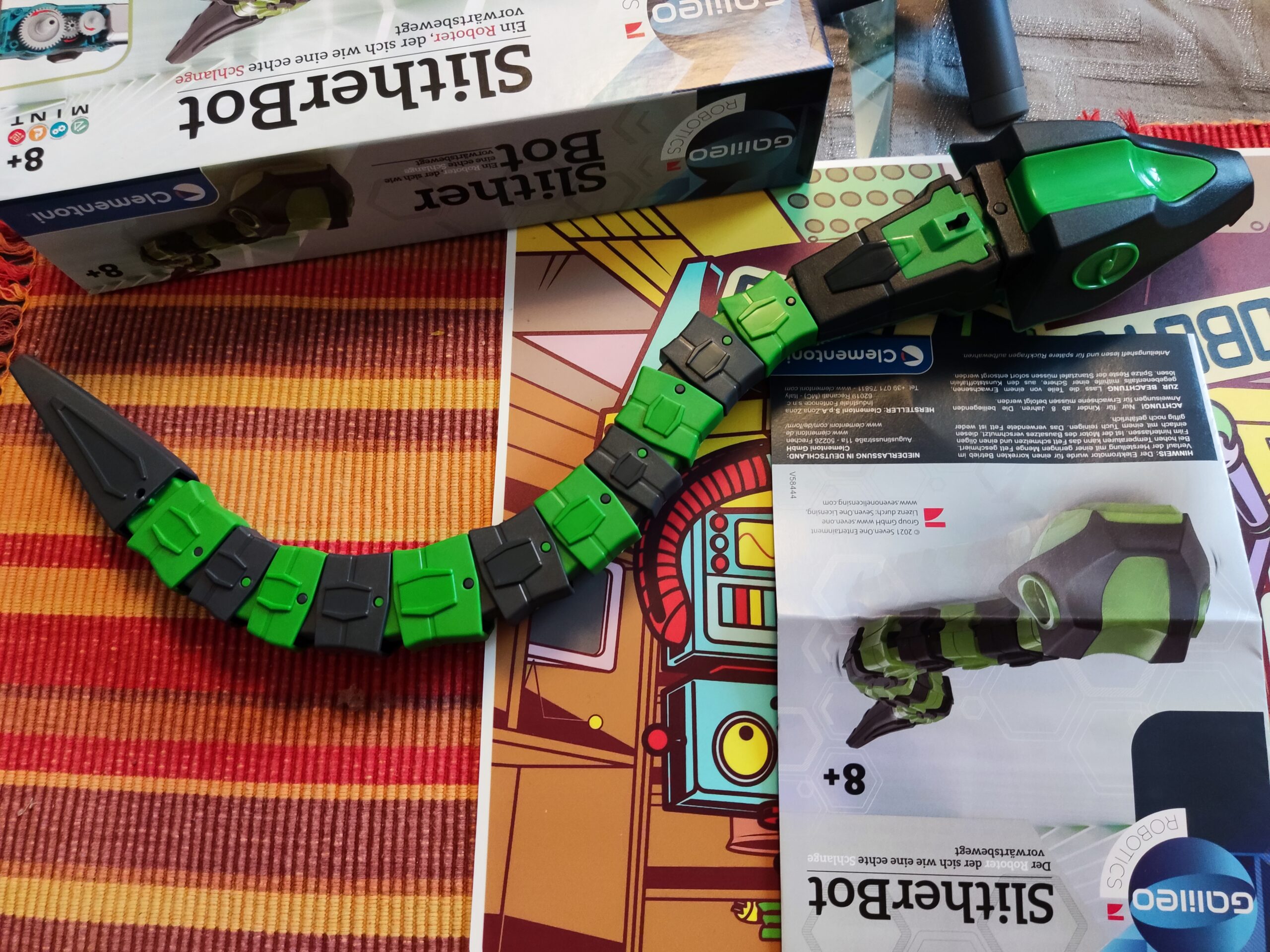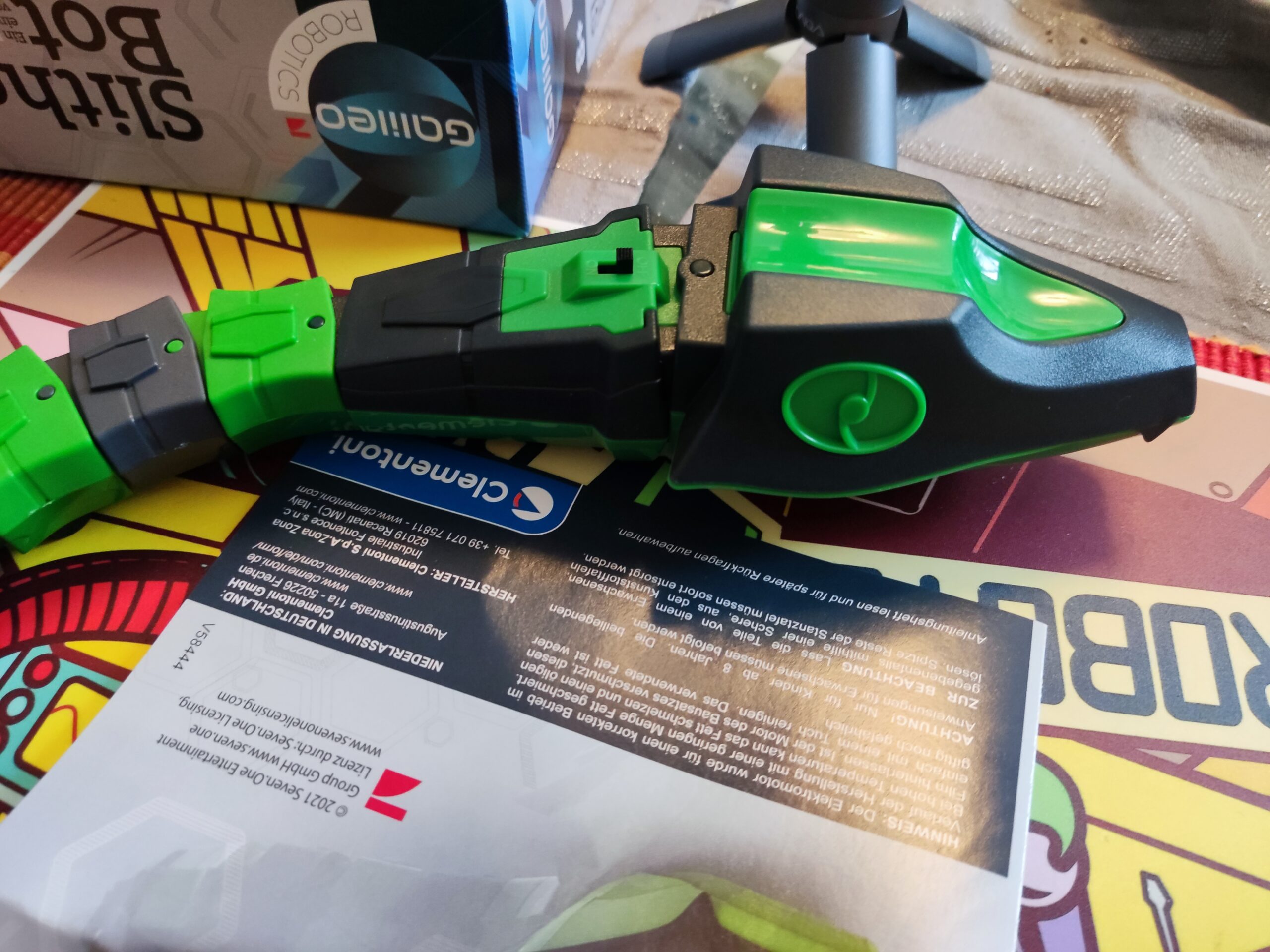Schlagwort-Archive: Robotics
Amazing Advancements in Soft Robotics
Soft robotics represents a groundbreaking advancement in the field, standing apart from the rigid structures people usually associate with traditional robotic systems. Learn more about recent advances in this field and the many benefits.
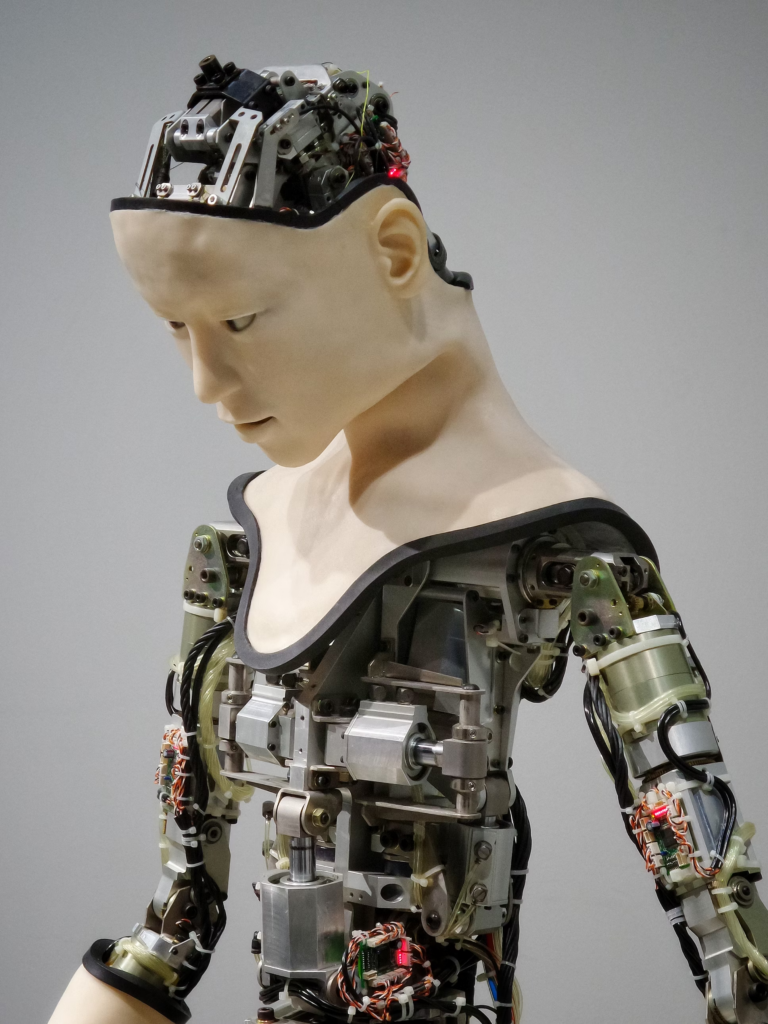
The Era of Soft Robots
Nature and biology heavily influence soft robots, giving them the flexibility and ability to adapt to their surroundings. For example, some commercially available soft robotic designs mimic fish, octopi and worms.
Innovative materials such as shape-memory alloys, dielectric elastomers and liquid crystal elastomers are critical to soft robotics. These materials change their properties in response to various stimuli. Grippers on soft robots, made of high-tech elastomers, mold to the target object’s shape. This flexibility ensures a gentler and more adaptable grip than rigid robots, making them ideal for tasks like fruit picking.
Soft robots also use self-healing materials made from shape-memory alloys. These alloys allow the robots to repair themselves after damage, increasing their operational life span and reducing maintenance needs.
As technology progresses, scientists outfit soft robots with sensory systems, enhancing their ability to understand their surroundings. For example, soft pressure sensors can tell a robot if it’s gripping too hard. Some researchers are even developing soft robots capable of working in swarms, emulating the behavior of fish, bees and birds.
3D printing, a form of advanced manufacturing, has revolutionized how scientists design and produce intricate soft robotic parts, driving innovation and accessibility in this sector. Some robots incorporate the strengths of both rigid and soft systems, resulting in hybrids that offer improved strength, precision and flexibility. Instead of traditional motors, there’s a growing trend towards fluidic actuation. Robots use liquids or air for movement, making their movements more natural.
Soft Robotics in Medicine
Robotics is revolutionizing various aspects of modern medicine. In rehabilitation and physiotherapy, soft robotic exosuits or exoskeletons support patients recovering from strokes, spinal cord injuries or surgeries. These devices gently guide and assist patients, helping them regain motor functions, relearn movements and restore strength.
In assistive medical devices, soft wearable robots are emerging to help those with mobility issues. The Wyss Institute at Harvard University developed a soft, wearable robotic glove that assists individuals with hand disabilities in performing day-to-day activities. This glove, made from soft elastomers, can assist in gripping objects, potentially improving rehabilitation outcomes.
Scientists at the City University of Hong Kong developed a soft robot capable of maneuvering inside the stomach and intestine. The robot can change shape and size, facilitating better imaging and allowing localized drug delivery or biopsies.
A collaboration between Boston Children’s Hospital and Harvard University resulted in a soft robotic sleeve that surgeons can place around the heart. This device helps the heart pump more efficiently in patients with heart failure, providing a potential alternative to organ transplants.
In diagnostics, soft robots simplify procedures like endoscopy, making it less invasive and patient-friendly. Patients can now swallow endoscopy capsules equipped with a camera and a tissue collection mechanism to get the same results traditionally obtained by putting patients under general anesthesia.
Research teams at institutes like the Sant’Anna School of Advanced Studies in Italy have been working on developing soft robotic arms that can assist surgeons. Due to their soft and pliant design, these arms can navigate the body with minimal risk of damaging tissues or organs.

Soft Robotics in Marine Conservation
Equipped with sensors, soft robots can monitor water quality, track marine species and evaluate the health of habitats over prolonged periods. Their non-intrusive nature and versatility enable them to probe areas inaccessible to traditional robots. MIT’s Computer Science and Artificial Intelligence Laboratory developed a soft robotic fish named „SoFi“ that can swim naturally in the ocean, recording close-up videos of marine life and providing insights without alarming or disturbing the aquatic life.
Soft robots also offer the potential for marine clean-up efforts, such as removing pollutants like microplastics and oil spills. The WasteShark, developed by RanMarine Technology, is an ASV designed to „eat“ or collect trash in harbors and other waters close to the shore. This drone skims the water’s surface, collecting waste in its path, thereby aiding in marine clean-up.
The Ocean Exploration Trust’s E/V Nautilus expeditions have been using ROVs to explore and map uncharted coral reefs, helping scientists understand their structures, the species they harbor and their overall health. Similar soft robots can be deployed to plant sea grass and maintain coral reefs.
ROVs like the Hercules, also from the E/V Nautilus expedition, have robotic arms that can collect geological and biological samples from the deep sea that can help scientists study ecosystems in abyssal regions, leading to new species discoveries and insights into deep-sea conservation needs.
The Challenges Ahead
Soft robotics faces challenges, but its vast potential is undeniable. A primary focus lies in developing innovative materials that combine durability, flexibility and responsiveness. While traditional actuators, like motors, aren’t suitable for soft robots, alternatives like pneumatic and hydraulic systems are on the rise, promising unparalleled autonomy.
Manufacturing these robots at scale is now more feasible due to advanced construction techniques and materials. Even as these robots retain flexibility, integrating crucial rigid components, like batteries, is becoming smoother. The scientific community aims to enhance the response times of soft actuation mechanisms to match or exceed traditional systems.
Safety remains a top priority in soft robotics, especially in applications involving humans or medical scenarios. Although the field recognizes the higher initial research and production costs, they believe ongoing advancements will reduce expenses.
Guest article by Ellie Gabel. Ellie is a writer living in Raleigh, NC. She's passionate about keeping up with the latest innovations in tech and science. She also works as an associate editor for Revolutionized.Variobot VariAnt: The Robot Ant
The presence of robots in our modern environment is getting increasingly casual to see. Robots are progressing rapidly in terms of both their capabilities and the potential uses they have. Examples of this include self-driving automobiles and drones. The VariAnt, a robot created by Variobot, is another amazing example.
VariAnt: At the First Glance
VariAnt, a robot ant, moves and acts almost exactly like its biological model. It independently explores its environment using a sensor system to detect obstructions or markers. The Variobot programmable kit is appropriate for researchers who are passionate and young at heart.
Advanced Autonomy
Like the majority of living things, the variAnt adjusts to the surroundings by detecting relative brightness. Using a network of patented sensors is made feasible. The autonomous robot ant has light sensors connected to its body, legs, antennae, and jaw claws that can be positioned as needed.
A processor is housed on an Arduino-compatible nano board, which serves as the ant robot’s central processing unit (CPU). The small control unit provides connections for two motors, 12 analog sensors, 8 digital I/Os, 2 programmed buttons, 2 reed switches for step numbers, that may be used in any way, and 15 status LEDs that can be plugged in and switched as needed.
The state of the sensors, motors, and reed switches may all be indicated by the LEDs. Inside the ant’s head is a tiny circuit board that is equipped with plug-in ports, which enables the flexible combination and extension of environmental sensors.
The lithium-ion battery that comes standard with the variAnt has a run time of around 3 hours and can be recharged using the provided USB cord.
The Walking Mechanism
The robotic ant makes use of these to identify objects, lines, light sources, or shadows in its surroundings, and then either follows them or stays away from them in an intentional manner.
The purpose of the walking mechanism that was created and patented by Variobot is to mimic the natural mobility of an ant as closely as possible. This is doable with only 24 different components made of acrylic.
VariAnt: Best for
For individuals of all ages, the robot ant is also an engaging and entertaining toy. You can use this set to design your own robot to behave, move, and appear like an actual, but much bigger, ant. The robot is an interesting thing to watch due to its distinct motions and behaviors, and due to its size, it can be used in a number of scenarios. The variAnt kit costs around €199.
Conclusion
The VariAnt might revolutionize robotics and our understanding of nature. Since it mimics ants, the VariAnt can perform many tasks that conventional robots cannot. Whether employed for research, environmental monitoring, or as a toy, the VariAnt is a groundbreaking robotics innovation that will captivate people worldwide.
Robots-Blog.com at Automatica 2023
Build Your Own Voice Assistant with CircuitMess Spencer: Your Talkative Friend
Voice assistants have become a crucial component of our everyday lives in today’s technologically sophisticated society. They assist us with work, respond to our inquiries, and even provide entertainment. Have you ever wondered how voice assistants operate or how to build your own? Spencer is here to satisfy your curiosity and provide a fun DIY activity, so stop searching. This blog post will introduce you to Spencer, a voice assistant that will brighten your day with jokes and provide you with all the information you need.
Meet Spencer
Spencer is a buddy that converses with you; it is more than simply a voice assistant. It can hear you well enough to comprehend all you say. It uses its large red button as a trigger to search the internet and give you straightforward answers. It’s a wonderful addition to your everyday routine because of Spencer’s endearing nature and capacity to make you grin.
Spencer’s Features: Your Interactive Voice Assistant Companion
1. Voice Interaction
High-quality audio communication is possible because of Spencer’s microphone. It comprehends your instructions, inquiries, and chats and offers a simple and straightforward approach for you to communicate with your voice assistant. Simply talk to Spencer, and it will answer as you would expect, giving the impression that you are conversing with a genuine friend.
2. Internet Connectivity and Information Retrieval
Spencer has internet access, allowing you to access a huge information base. You may have Spencer do a real-time internet search by pushing the huge red button on his chest. Spencer can search the web and provide you clear, succinct answers, whether you need to discover the solution to a trivia question, check the most recent news headlines, or collect information on a certain issue.
3. Personalization and Customization
Being wholly original is what Spencer is all about. You are allowed to alter its features and reactions to fit your tastes. Make Spencer reflect your style and personality by altering its external elements, such as colors, decals, or even adding accessories. To further create a genuinely customized experience, you may alter its reactions, jokes, and interactions to suit your sense of humor and personal tastes.
4. Entertainment and Engagement
Spencer is aware of how important laughing is to life. It has built-in jokes and amusing replies, so talking to your voice assistant is not only educational but also interesting and fun. Spencer’s amusing features will keep you entertained and involved whether you need a quick pick-me-up or want to have a good time with friends and family.
5. Learning and Educational STEM Experience
In particular, STEM (science, technology, engineering, and mathematics) subjects are the focus of Spencer’s educational mission. You will learn useful skills in electronics, soldering, component assembly, and circuits by making Spencer. To further develop Spencer’s talents, you may go into programming, gaining practical experience with coding and computational thinking.
6. Inspiration and Creativity
Spencer acts as a springboard to spark your imagination and motivate further investigation. You may let your creativity run wild as you put together and customize your voice assistant. This do-it-yourself project promotes critical thinking, problem-solving, and invention, developing a creative and innovative mentality that may go beyond the context of making Spencer.
Recommended Age Group
Spencer is intended for those who are at least 11 years old. While the majority of the assembly procedures are simple, some, like soldering and tightening fasteners, call for prudence. Never be afraid to seek an adult for help if you need it. When using certain equipment and approaches, it is usually preferable to be guided.
Assembly Time Required
The construction of Spencer should take, on average, 4 hours to finish. However, take in mind that the timeframe may change based on your prior knowledge and expertise. Don’t worry if you’re unfamiliar with electronics! Enjoy the process, take your time, and don’t let any early difficulties get you down. You’ll grow more used to the procedures as you go along.
Skills Required
To start this DIY project, no special skills are needed. Fun and learning something new are the key goals. Your introduction to the field of electronics via Building Spencer will pique your interest in STEM fields and provide you the chance to get hands-on experience. Consider completing this assignment as the first step towards a lucrative engineering career.
Pros and Cons of Spencer
Pros of Spencer
- Spencer provides an engaging and interactive experience, responding to voice commands and engaging in conversations to make you feel like you have a real companion.
- With internet connectivity, Spencer can retrieve information in real-time, giving you quick answers to your questions and saving you time.
- Spencer can be customized to reflect your style and preferences, allowing you to personalize its appearance, responses, and interactions.
- Spencer comes with built-in jokes and entertaining responses, adding fun and amusement to your interactions with the voice assistant.
- Building Spencer provides hands-on learning in electronics, soldering, circuitry, and programming, offering a valuable educational experience in STEM disciplines.
Cons of Spencer
- The assembly process of Spencer may involve technical aspects such as soldering and component assembly, which can be challenging for beginners or individuals with limited experience.
- Spencer heavily relies on internet connectivity to provide real-time answers and retrieve information, which means it may have limited functionality in areas with poor or no internet connection.
- While Spencer offers basic voice assistant features, its capabilities may be more limited compared to advanced commercially available voice assistant devices.
Conclusion
Spencer, creating your own voice assistant is a fascinating and worthwhile endeavor. You’ll learn useful skills, expand your understanding of electronics, and enjoy the thrill of putting a complicated gadget together as you go along with the assembly process. Remember that the purpose of this project is to experience the thrill of learning, solving problems, and letting your imagination run free as well as to produce a final product. So be ready to join Spencer on this journey and discover a world of opportunities in the exciting world of voice assistants.
Get your own Spencer Building kit here: bit.ly/RobotsBlog
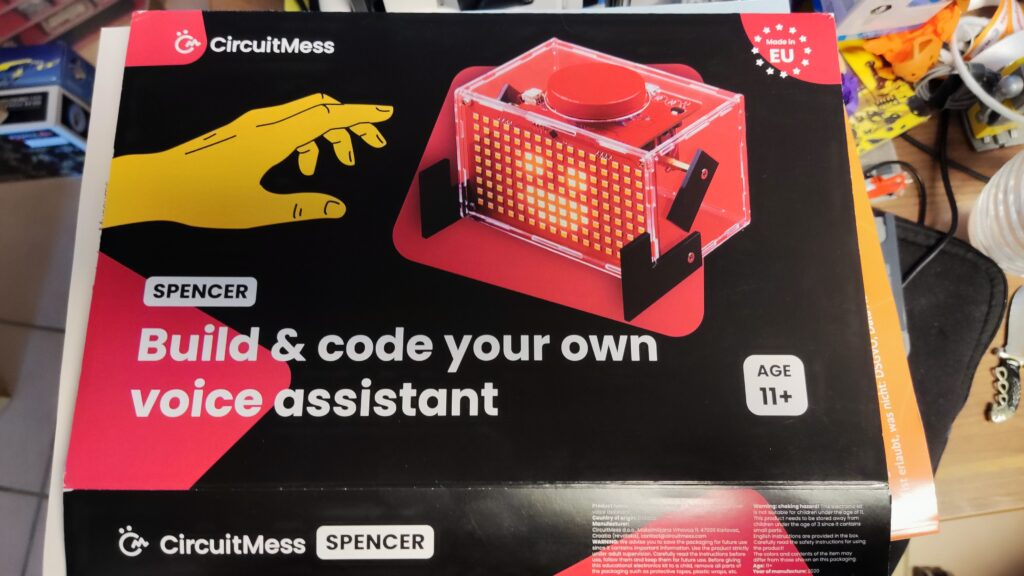
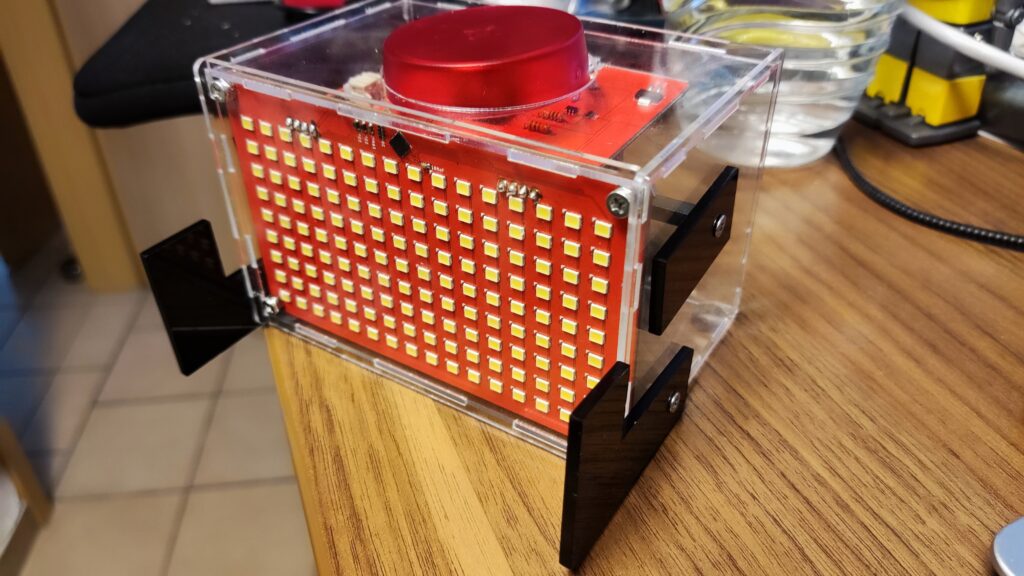
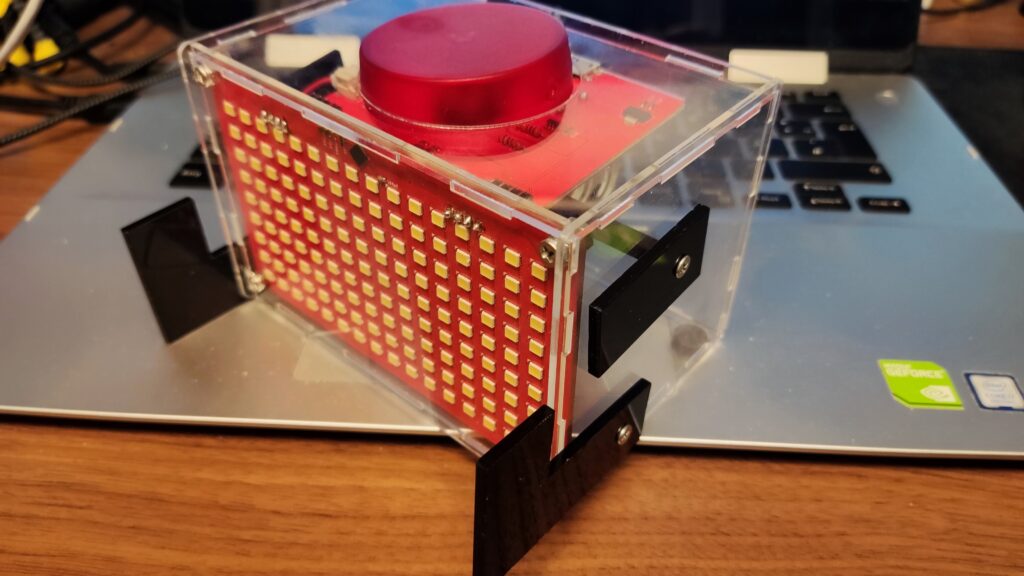
Robots-Blog makes Unitree Quadruped Go 1 dance
Unitree Quadruped Go 1 Dance Video 1+2. Find the latest News on robots, drones, AI, robotic toys and gadgets at robots-blog.com. If you want to see your product featured on our Blog, Instagram, Facebook, Twitter or our other sites, contact us. #robots #robot #omgrobots #roboter #robotic #automation #mycollection #collector #robotsblog #collection #botsofinstagram #bot #robotics #robotik #gadget #gadgets #toy #toys #drone #robotsofinstagram #instabots #photooftheday #picoftheday #followforfollow #instadaily #werbung #unitree #quadruped #robotics #mybotshop #dog #dance @mybotshop @unitreerobotics
Market launch: New Ensenso N models for 3D and robot vision
Upgraded Ensenso 3D camera series now available at IDS
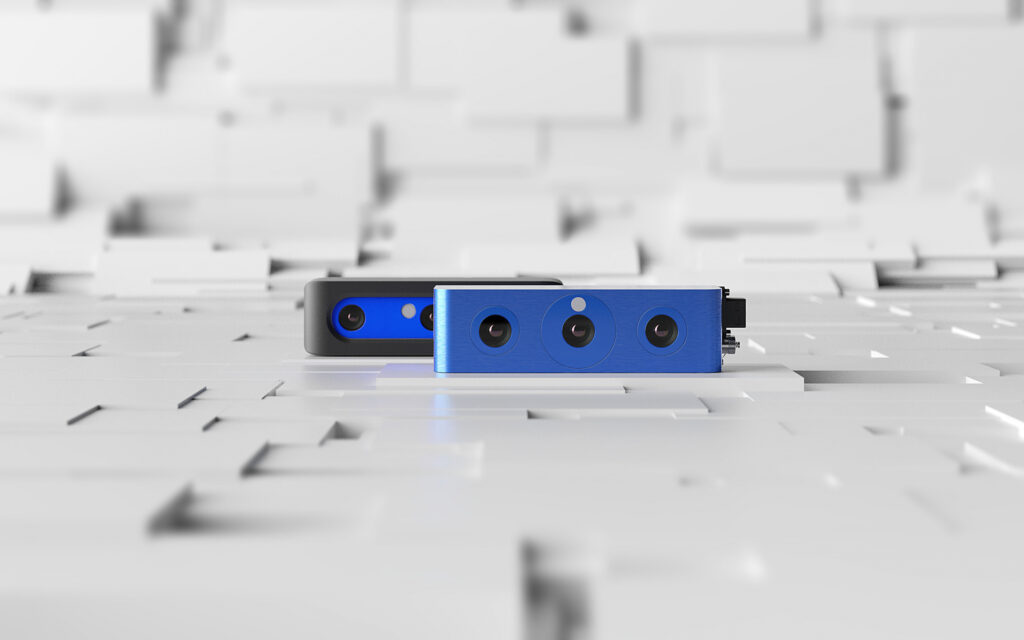
Resolution and accuracy have almost doubled, the price has remained the same – those who choose 3D cameras from the Ensenso N series can now benefit from more advanced models. The new stereo vision cameras (N31, N36, N41, N46) can now be purchased from IDS Imaging Development Systems.
The Ensenso N 3D cameras have a compact housing (made of aluminium or plastic composite, depending on the model) with an integrated pattern projector. They are suitable for capturing both static and moving objects. The integrated projector projects a high-contrast texture onto the objects in question. A pattern mask with a random dot pattern complements non-existing or only weakly visible surface structures. This allows the cameras to deliver detailed 3D point clouds even in difficult lighting conditions.
With the Ensenso models N31, N36, N41 and N46, IDS is now launching the next generation of the previously available N30, N35, N40 and N45. Visually, the cameras do not differ from their predecessors. They do, however, use a new sensor from Sony, the IMX392. This results in a higher resolution (2.3 MP instead of 1.3 MP). All cameras are pre-calibrated and therefore easy to set up. The Ensenso selector on the IDS website helps to choose the right model.
Whether firmly installed or in mobile use on a robot arm: with Ensenso N, users opt for a 3D camera series that provides reliable 3D information for a wide range of applications. The cameras prove their worth in single item picking, for example, support remote-controlled industrial robots, are used in logistics and even help to automate high-volume laundries. IDS provides more in-depth insights into the versatile application possibilities with case studies on the company website.
Learn more: https://en.ids-imaging.com/ensenso-3d-camera-n-series.html
Automatisierung und Digitalisierung werden immer einfacher
Konstanz, 13. September 2022 – fruitcore robotics zeigt erstmalig auf der Motek 2022 seine neuen Komplettlösungen horstCUBE plug & play sowie die neue Version von horstFX. Die Bediensoftware der Robotik-Expert:innen aus Konstanz wurde vollständig überarbeitet. Die neue Version von horstFX macht die Bedienung einfacher sowie komplexer Anwendungen noch leichter und setzt damit einen neuen Benchmark. fruitcore robotics stellt in Halle 7 am Stand 7304 aus.
Die neue Version der Bediensoftware horstFX bringt viele neue Features mit sich. „Globale Funktionen“ machen die HORST-Roboter in verschiedenen Anwendungen noch schneller einsetzbar, weil Funktionen mit einem Klick in andere Programme übernommen werden können. Neu ist auch die Möglichkeit zur „Individuellen Anpassung der Bedienoberfläche“ durch Kund:innen selbst. „Smart Makro-Buttons“ sind frei mit häufig verwendeten Funktionen belegbar und erleichtern so sowohl die Programmierung als auch den Betrieb des Roboters. Häufig verwendete Funktionen können beispielsweise das Anfahren der Grundstellung oder Start und Stopp eines Förderbandes sein. Ein weiteres neues Hauptfeature ist die „Nutzerspezifische Ansicht“. In ihr wird die Bedienoberfläche auf drei Bedienelemente sowie eine Anzeige des Prozessstatus reduziert. Zudem besteht die Möglichkeit, in den Screen „Smart Makro Buttons“ zur Ausführung gewünschter Funktionen zu integrieren. So ist im Betrieb der Automatisierungsanwendung maximale Einfachheit für den Bediener gegeben.
Die neue Version von horstFX stellt darüber hinaus die Grundlage für die Soft-SPS-Funktion zur Steuerung paralleler und komplexer Prozesse dar, deren Einführung fruitcore robotics in der Zukunft plant. „Die Soft-SPS-Funktion wird eine zusätzliche SPS-Steuerung für einen Großteil der Anwendungen überflüssig machen und dadurch bei unseren Kund:innen zu einer weiteren Vereinfachung und Kostenreduktion führen, so Patrick Heimburger, Geschäftsführer von fruitcore robotics. „Es sind dann keine Kenntnisse in der SPS- oder Roboterprogrammierung mehr notwendig, um mit horstFX und HORST-Robotern zu automatisieren.“
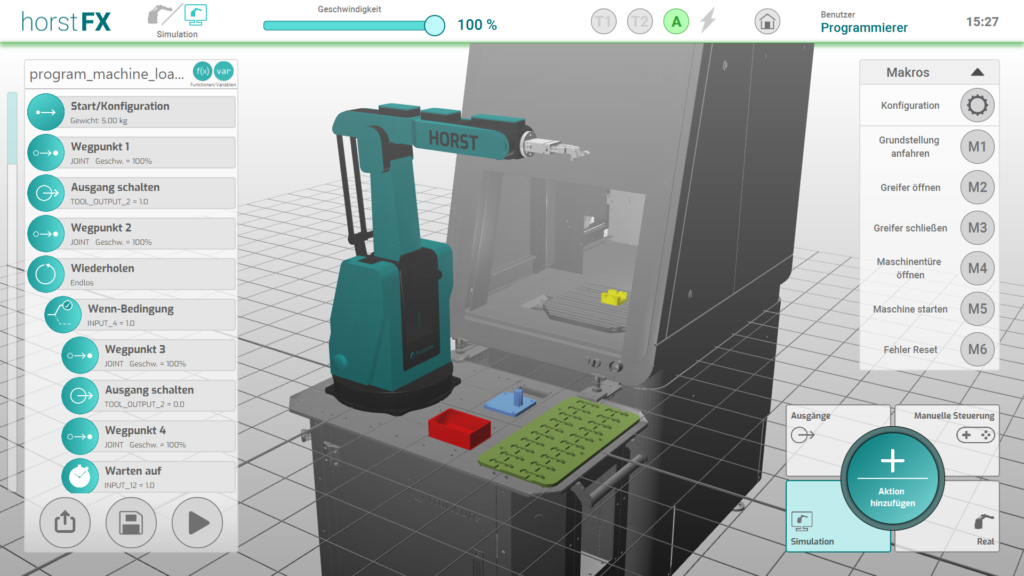
Die neue Bediensoftware steht sowohl als Online-Version als auch als Desktop-Version ab sofort zur Verfügung. Mit Trial-Varianten können sich Nutzende von der Einfachheit der Bedienung überzeugen und schon vor der Kaufentscheidung testen, ob HORST ihren Anforderungen entspricht. Auch am High-End-Spektrum der Software werden die Grenzen mit weiteren Features künftig verschoben: Die grafische Programmierung komplexer Pfade und nutzerspezifische Koordinatensysteme helfen bei der Umsetzung von pfadabhängigen Anwendungen, wie beispielsweise dem Schweißen oder Kleben und bei Anwendungen, bei denen eine relative Orientierung des Roboters zu bestimmten Objekten, beispielsweise einer zu beladenden Maschine, bei der Programmierung hilft.
horstCUBE plug & play Laser erweitert Portfolio der Komplettlösungen
Im Mittelpunkt des Messeauftritts steht außerdem die Neuheit horstCUBE plug & play. Das Publikum kann auf der Motek 2022 erstmals gleich zwei standardisierte Anwendungsfälle live erleben. Denn neben der bereits auf der automatica 2022 vorgestellten Komplettlösung horstCUBE plug & play Vereinzelung zeigt fruitcore robotics die neue Komplettlösung horstCUBE plug & play Laser, eine All-in-One Beschriftungslösung. Die Laserbeschriftungszelle ist mit einem Hochleistungslaser ausgestattet, der eine flexible 360° Beschriftung von Bauteilen ermöglicht. Beide Komplettlösungen basieren auf der Roboterplattform horstCUBE und sind bereits mit allen Komponenten ausgestattet, die für diese Anwendung notwendig sind. horstCUBE wird von fruitcore robotics auch als Einzelprodukt angeboten, denn die flexible Roboterplattform bietet die optimale Basis, um verschiedenste Anwendungen mit den Robotern von fruitcore robotics einfach, schnell und sicher zu realisieren.
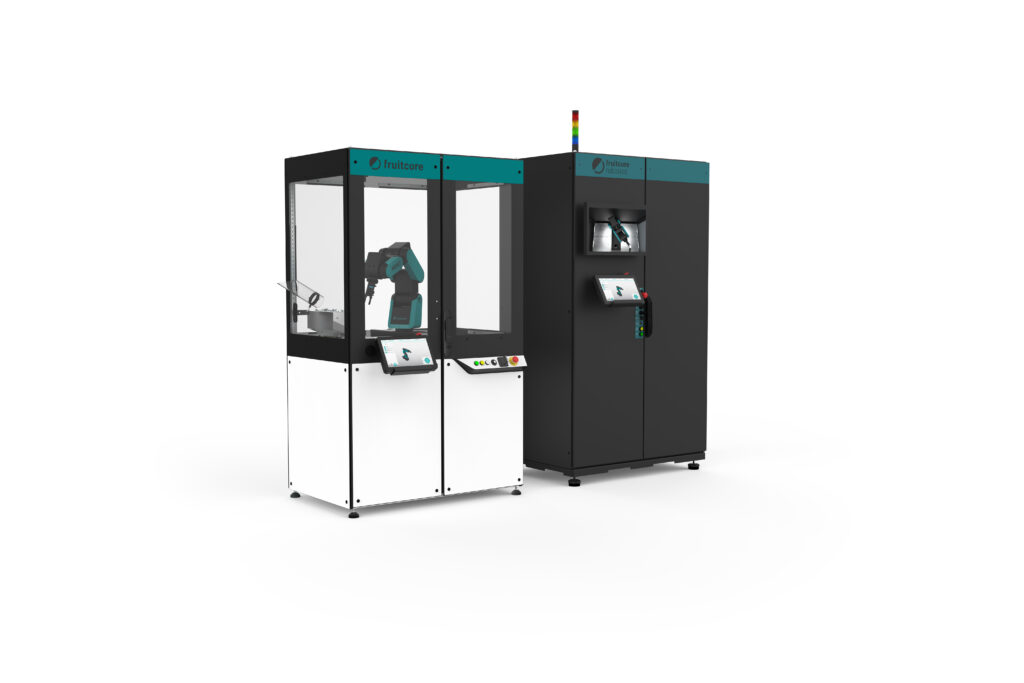
Digital Robots: Zentraler Baustein der Automatisierung und Digitalisierung
Als Automatisierungs-Lösung umfassen die Digital Robots von fruitcore robotics nicht nur eine leistungsstarke und preisgünstige Hardware. Sie folgen einem in sich abgestimmten Bedienkonzept, durch welches nicht nur die Bedienung des Roboters besonders einfach ist, sondern auch die Umsetzung der gesamten Anwendung. Alle am Prozess beteiligten Komponenten, wie Greifer, CNC-Anlagen und Sicherheitssysteme werden über die grafische Bedienoberfläche horstFX bedient und zentral mit der IIoT-Plattform horstCOSMOS vernetzt. Auch die beiden horstCUBE plug & play Lösungen für die Teilevereinzelung und die Laserbeschriftung sind voll vernetzt und ohne Vorkenntnisse einsetzbar. Neben der Anbindung an die IIoT-Plattform ist bei allen Robotik-Lösungen von fruitcore robotics ein IIoT-Surfstick mit SIM-Karte standardmäßig im Lieferumfang enthalten. Dieser bietet Unternehmen die Möglichkeit, mit dem Robotersystem online zu gehen, ohne es in ihr Firmennetzwerk einbinden zu müssen. Kund:innen können nach Bedarf eine Internetverbindung aufbauen und via horstCOSMOS auf Dashboards ihre Roboterflotte samt Prozessdaten der Roboteranwendung einsehen. Auf Grundlage dessen lassen sich Prozesse optimieren und eine vorausschauende Wartung realisieren. Die Expert:innen von fruitcore robotics geben auf der Motek Einblicke in die Funktionalitäten und Vorteile der IIoT-Plattform und stehen für Fragen rund um HORST und seine Möglichkeiten bereit.
Potenziale KI-gestützter Robotik für die Industrie
Künstliche Intelligenz (KI) gilt als Schlüsseltechnologie und birgt enormes wirtschaftliches Potenzial. Doch ein Blick in deutsche Produktionshallen zeigt noch ein anderes Bild: Lediglich 6,8 Prozent der Unternehmen aus den Bereichen Maschinenbau und Elektrotechnik setzen KI-Technologien ein (Stand 2019). Dabei birgt KI gerade für das produzierende Gewerbe zahlreiche Potenziale.
Künstliche Intelligenz ist ein Überbegriff, der den Ansatz beschreibt, mit Maschinen Probleme zu lösen und menschliche Intelligenz zu imitieren. Dabei spielt insbesondere ein Teilbereich, das Machine Learning (Maschinelles Lernen), in Unternehmen und Produktionen eine entscheidende Rolle. Machine Learning bedeutet, dass ein System aus Beispielen lernt und diese nach der Lernphase verallgemeinern kann.
In der Produktion kommt Machine Learning beispielsweise im Bereich Predictive Analytics zum Einsatz. Dort wird KI als Teil von Vorhersagemodellen zur Überwachung und Wartung von Produktionsanlagen eingesetzt, um frühzeitig auf kritische Zustände reagieren zu können.
Auch das Wissensmanagement greift für die Auswertung von internen Informationen und Daten auf Machine Learning zurück. Daten von Fertigungslinien, Lieferketten, aber auch von einzelnen Produkten werden für Unternehmensprozesse, die Produktentwicklung und neue Geschäftsmodelle ausgewertet. Ohne den Einsatz von KI wäre eine Analyse aufgrund der schieren Datenmenge nicht möglich.
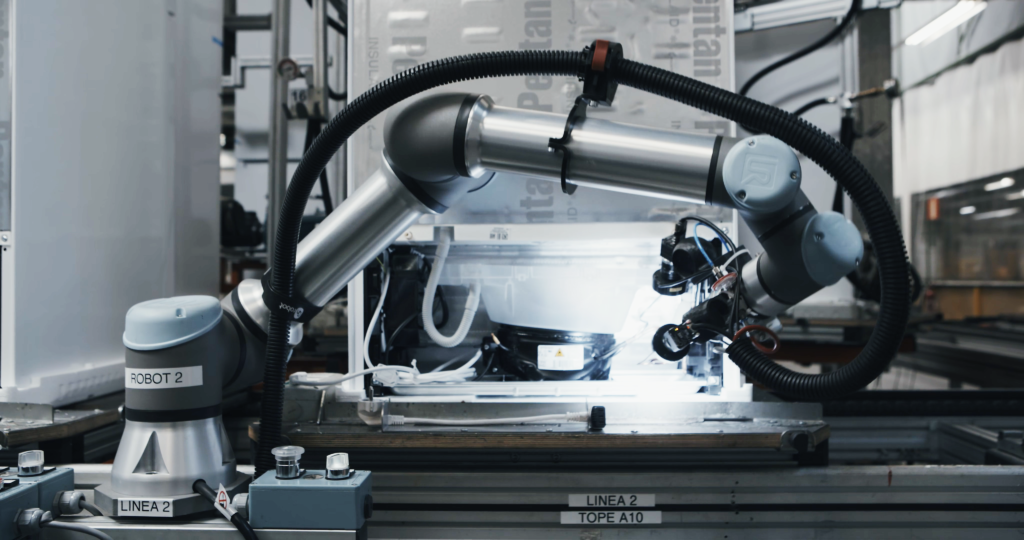
Mit KI und Robotik Handarbeitsplätze automatisieren
Machine Learning, häufig in Kombination mit Machine Vision, kommt auch in den Bereichen Robotik und Automatisierung, Sensorik und bei fahrerlosen Transportsystemen zum Einsatz. Für die Fertigung ist dabei das Zusammenspiel von KI und Robotik ein wichtiger Schlüssel für die Zukunft.
KI-Produkte, wie beispielsweise Robotersteuerungen, ermöglichen es unter anderem, Handarbeitsplätze zu automatisieren. Ein nicht zu vernachlässigender Vorteil, denn Arbeitskräfte sind rar und der Mangel verschärft sich in den Jahren weiter, wie der Deutsche Industrie- und Handelskammertag (DIHK) prognostiziert. Übernehmen Roboter auch Aufgaben, für die es bisher die Flexibilität eines Menschen brauchte, sorgt das für die Entlastung der Stammbelegschaft, eine Auslastung der Maschinen und sichert auf lange Sicht die Wettbewerbsfähigkeit.
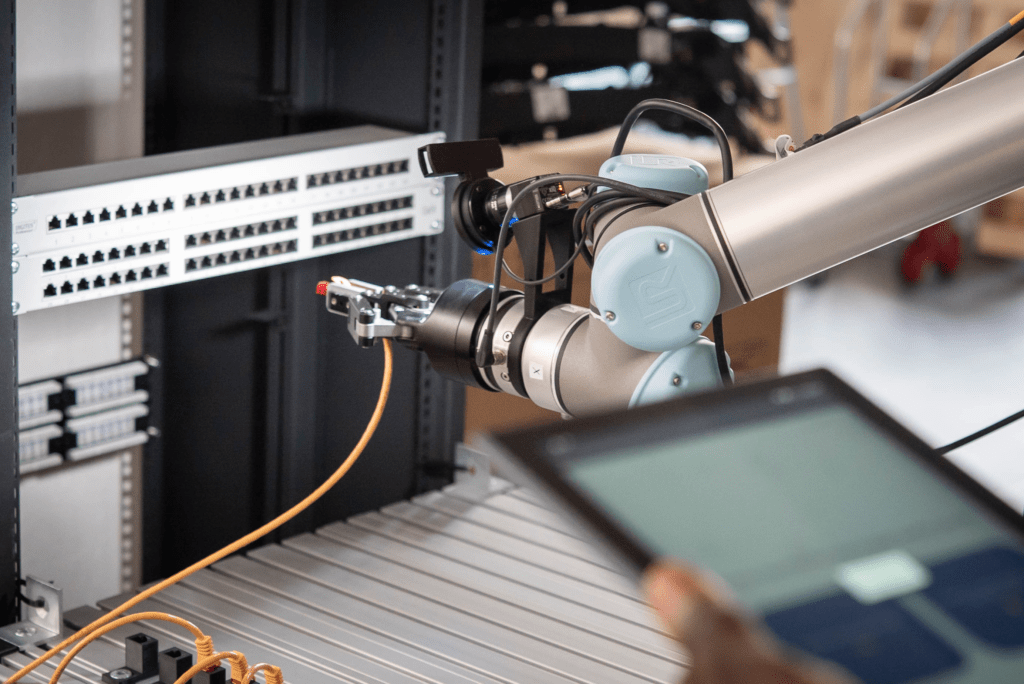
Robuster Umgang mit Varianzen
KI-Steuerungen wie MIRAI von Micropsi Industries ergänzen die native Steuerung eines Roboters. Der Roboter erhält dank einer Kamera und einem neuronalen Netzwerk die Auge-Hand-Koordination und eine vergleichbare Flexibilität wie ein Mensch. Ein solches intelligentes Robotersystem lernt bei neuen Aufgaben, bei anders geformten oder positionierten Werkteilen oder bei vergleichbaren Varianzen schnell, was es zu tun hat und passt bei Bedarf seine Bewegungen in Echtzeit eigenständig an. Ob es sich um das Picken einzelner Teile, Zustellbewegungen oder Fügen und Verfolgen handelt: Zahlreiche Tätigkeiten sind mit einer einzigen kleinen Kamera am Roboter-Handgelenk umsetzbar.
Diese Fähigkeiten lassen sich mit MIRAI durch menschliche Demonstration trainieren. Weder KI- noch Programmierkenntnisse sind erforderlich. Das Know-how bleibt selbst ohne KI-Fachkräfte im Unternehmen. Dem Roboter muss dafür das Ziel einige Male in typisch vorkommenden Varianzen mit der Kamera gezeigt werden. Die KI verallgemeinert im Anschluss die gezeigten Daten. Ein solches System kann in wenigen Stunden trainiert und sogar neu trainiert werden. Selbst eine Fertigung im High Mix-/Low-Volume lässt sich so rentabel automatisieren. Was intelligente Robotiklösungen bereits in der Praxis leisten, zeigen die folgenden Beispiele.
Intelligentes Handling-System bei ZF
Der Technologiekonzern ZF stand vor der Herausforderung, die Werkstückzufuhr einer großvolumigen Frässtation, in der Zahnräder produziert werden, zu automatisieren. Im Werkprozess werden Metallringe aus einer Kiste entnommen und auf ein Förderband gelegt, um später in die Produktion der Zahnräder einzufließen. Die Schwierigkeit: Der Produktionsschritt ist sehr variantenreich, da sich die Ringe in der angelieferten Gitterbox verschieben und dadurch zufällig angeordnet sind. Auch Platzierung und Form der Box variieren. Wechselnde Lichtverhältnisse stellen eine zusätzliche Herausforderung dar. Außerdem ist die Oberfläche der Ringe metallisch glänzend, teilweise ölverschmiert oder korrodiert, was eine klassische Automatisierung unmöglich machte.
Heute ist die KI-Steuerung MIRAI und ein Cobot vom Modell UR10e bei ZF in einer automatisierten Werkstückaufnahme im Einsatz. Mit seiner eigenen Steuerung bringt der Cobot sich über den Ringen in der Kiste in Position. Nun übernimmt das MIRAI-System die Kontrolle: Es bewegt den Roboter selbstständig zum nächsten Ring und bringt den Greifer in die korrekte dreidimensionale Greifposition. Danach übernimmt der UR10e wieder, nimmt den Ring auf und bewegt ihn zum Ablegen auf das Förderband. Das komplette Einrichten des Roboters dauerte lediglich wenige Tage – MIRAI löste in kürzester Zeit ein lang bestehendes Problem.
BSH sucht mit KI nach Kältemittellecks
An ihrem spanischen Standort stellt die BSH Hausgeräte GmbH Kühl- und Gefrierschränke her. Im Herstellungsprozess muss das Unternehmen die Kupferrohrleitungen der Kühlschränke auf Leckagen testen. Für die sogenannte Dichtheitsprüfung wird eine Schnüffelsonde entlang der Kupferrohrleitungen und Kompressoren geführt, um Lötstellen auf austretendes Gas und Kältemittel zu prüfen. Das Besondere: Jede Rückseite der hergestellten Kühlschränke ist einzigartig, was Position, Farbe und Form der Lötpunkte angeht. Für einen herkömmlichen Roboter sind solche Varianzen ein unüberwindbares Hindernis. Der monotone Prüfprozess blieb dem Menschen vorbehalten – bis jetzt.
Den Prüfprozess übernimmt bei BSH nun eine Robotik-Komplettlösung den Prüfprozess. Dank der integrierten Robotersteuerung MIRAI ist es dem Roboter möglich, alle zu prüfenden Lötstellen verlässlich zu identifizieren und die Schnüffelsonde millimetergenau heranzuführen – unabhängig von Position, Form oder Farbe. Das System reagiert in Echtzeit auf seine Umwelt und handhabt selbst unvorhergesehene Abweichungen präzise. Die Roboterfähigkeiten wurden von Mitarbeitenden bei BSH durch menschliche Demonstration in nur wenigen Stunden trainiert. Weder Programmier- noch KI-Kenntnisse waren erforderlich. BSH konnte mit der Automatisierungslösung die laufenden Betriebskosten senken und Wartungen und Fehlerbehebungen reduzieren.
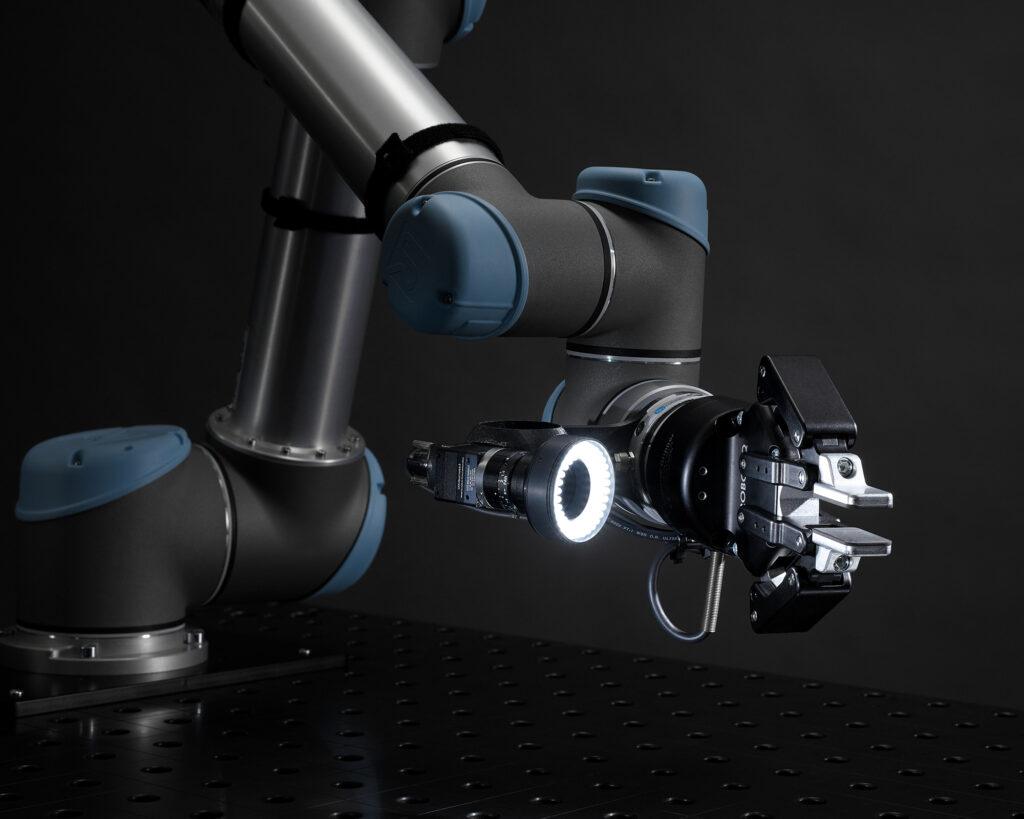
Neue Technologien als Wettbewerbsvorteil
Die Beispiele zeigen, dass Unternehmen mit KI sehr viel bewirken können: KI ermöglicht mehr Flexibilität, Unabhängigkeit, Effizienz und nicht zuletzt Resilienz. Nicht unwichtig in Zeiten wie diesen. Neue Technologien sollte dabei als Türöffner zu mehr Automatisierung verstanden werden. Leistungen, die bislang von Menschen oder Maschinen erbracht wurden, können nun von einer Software geliefert werden. Das ist nicht nur vorteilhaft beim drastisch zunehmenden Arbeitskräftemangel. Es erhöht auch die Flexibilität, Nachvollziehbarkeit und Zuverlässigkeit von Produktionsprozessen und verschafft einen dauerhaften Wettbewerbsvorsprung.
Weitere Informationen unter: https://bit.ly/MicropsiIndustries
Clementoni Galileo Robotics SlitherBot
